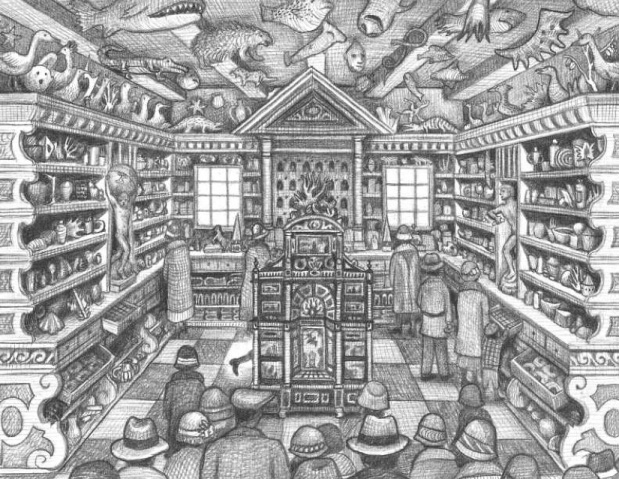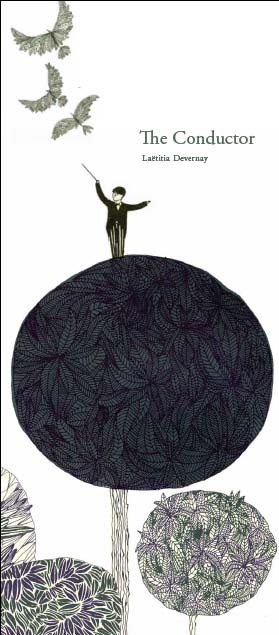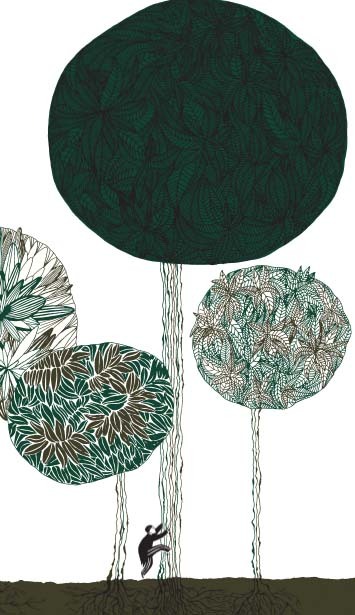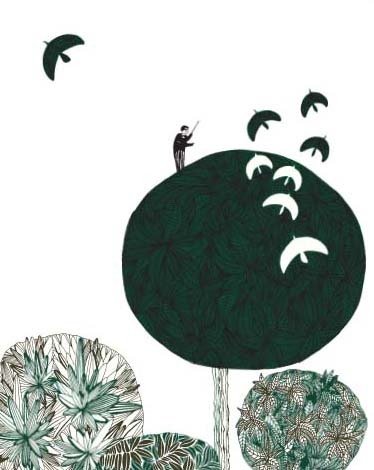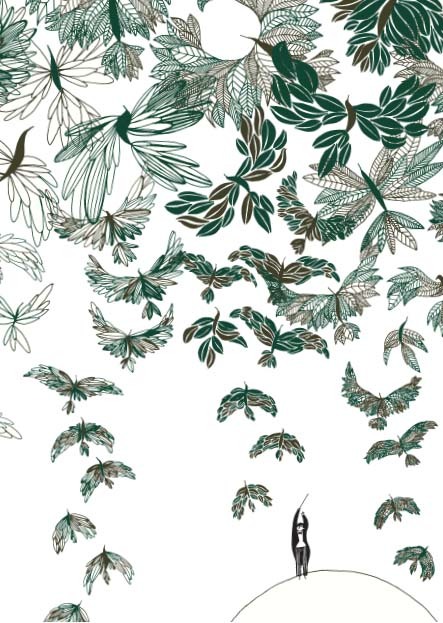Death Of The Adversary
by Hans Keilson
When
reviewing Keilson's other novel, Comedy In A Minor Key, I was quick to quote
a review he received from Francine Prose in The New York Times. I'm going to do it again because it's funny as well as accurate.
For busy, harried or distractable readers who have the time and energy only to skim the opening paragraph of a review, I’ll say this as quickly and clearly as possible: “The Death of the Adversary” and “Comedy in a Minor Key” are masterpieces, and Hans Keilson is a genius.
Are we clear? Keilson's fiction may only extend to these two novels but they are both brilliant and if you thought I was impressed by the first one then this novel is the kind of book that makes you want to use words like seminal, definitive and, yes, masterpiece. In fact coming on the back of two other novels set in the Germany and Europe of the 1930's it highlighted all the more the difference between a novel that tells a good story and a novel that is a work of art. With the passage of time one can only hope that whilst there is plenty to enjoy in the former it is the latter that deserve to and simply must survive, for their loss or under-appreciation would impoverish us all.
The most obvious quality that marks this book out as a classic is its rejection of narrative specificity. There is a plot I suppose but as
one fellow blogger once commented 'plots are for gardeners' and whilst it is clear that this is Germany in the 1930's and the adversary of the title is Adolf Hitler, neither of them is ever named and the novel therefore retains its power to apply to any time or place where one group victimises another because of difference. Our narrator explains at the outset that what we are about to read is a manuscript given to him by a Dutch lawyer, obtained along with other important documents from a German client who gave them away for safe-keeping. This lawyer has asked our narrator to have a look over them and so we too read the account of this man's symbiotic relationship with the leader who oppresses, degrades and eventually controls his life. The leader is only ever named as 'B.' but is also commonly referred to as 'my adversary', the 'author' remains anonymous and the identity of his people never explicitly named. The manuscript provides an extraordinarily insightful psychological account that suggests the relationship between Hitler and the Jews, and therefore that between any dictator and his chosen enemy, is tantamount to that of lovers for 'No lover can talk more possessively of the object of his love than he did of me, even though he was cursing me.'
We find him at first almost paralysed by this proximity, fixated to the point of obsession on his adversary's death.
It was the thought of my enemy's death which penetrated me and made me shudder as one does on an icy night. The death of my enemy - I think of it with all the joy a thought can have for those to whom a thought is something vital and alive. The death of my enemy - I think and experience it with all the gravity and sublimity which is due to the thought of an enemy who is worthy of one. At every moment of the day, part of my mind is dedicated to this thought...The death of my enemy - blessed be the thought of my enemy's death. People say that one should approach one's death with longing...But I have seen many who had slowly and painfully accustomed themselves to their own death, and were then destroyed by the death of a friend.
That last line is typical of the kind statement made from experience (Keilson was a German-born Jew who went into hiding, lost both parents in Auschwitz and then went on to become a psychoanalyst famous for his work dealing with trauma brought about through war and with orphaned children in particular), lines that immediately ring true and hit you squarely in the solar plexus with their insight. Maybe Keilson's own work with children informs the sections that deal with the author's childhood, a period where he felt the beginnings of his definitive relationship forming as he was ostracised at school, subjected to rougher treatment on the sports field, made to feel different to his classmates.
So I became more intimately acquainted with him through the insults and injuries of those who called themselves his friends, behind whom he stood, invisible, unknown... He taught me about loneliness, its pain and despair, and only later about its strength. But he himself remained motionless in the distance in which he had placed himself from the beginning, I would have had to aim at a shadow had I aimed at him.
As any child might collect pictures of their heroes and sweethearts the author finds himself scouring magazines for pictures of his adversary for him to study, 'Unblinkingly I stared into this mirror, until I believed that I could recognise there my own image.' As an actor I find that I have to find a way into any character I play. This can be particularly challenging when playing someone who might be easily dismissed as evil. You can't play 'evil' (well you can, it's just not very interesting) you need to find something to explain the humanity behind acts of cruelty and in his own way the author does the same thing with his adversary in his efforts to understand him. A friend makes the point that 'one could deduce from your efforts to think yourself into his mind and to search out and understand his motives that you are not insensible of a certain feeling of sympathy.' Some writers when suggesting that a Jew might sympathise with Hitler would find themselves in very dangerous territory but it is typical of Keilson's sensitivity and subtlety that it never feels sensational or forced. He goes even further into that dangerous territory when he questions the unity of the oppressed people. Apart from the obvious betrayal of those who collaborated I think we often accept that the Jewish people stood united in the face of their destruction but the author's personal approach even forms a barrier between him and others like him so that he resists the community of persecution.
'There is a community that is profounder than that of true believers and greater than that of party members...That of adversaries. The community of those who, in life and death, are indissolubly bound together in their struggle...'
But looking at his people as a group the author is told a fable-like tale that illustrates their plight and his central thesis. Germany's Kaiser was gifted a herd of elk by his cousin, the Czar of Russia. Despite placing them in an area that replicated the habitat they were used to he received, after some time, reports of their gradual deaths. Distressed, he sends for help from his cousin who sends an expert who confirms that everything that could be done for them is being done. Why then have they died out? "They are missing one thing," said the forester. "Wolves." Could it be that without their natural predator the elk had lost their will to survive, might even have died of grief for them? It is no wonder that such a dangerous idea sends our author off into a spiral of doubt and isolation.
Despite the lack of narrative specificity I mentioned earlier there are some very clear moments of drama and acutely personal reaction. In his pursuit of a girl our author finds himself in a flat which is soon filled with her brother and some of his friends. They, it transpires, are all sided with his enemy and one of them, a new young recruit, recounts his evening spent desecrating a cemetery. The horror of the situation is what comes to the fore rather than the horror of the act of violence (which is almost comical in its ineptitude, recalling the bitter tang of the comedy in Keilson's other novel Comedy In A Minor Key) and this extended chapter is a masterpiece of internal monologue as the author struggles with his own identity within this potentially dangerous group.
Keilson also offers a brilliant deconstruction of Hitler's oratorial style and technique in a scene that not only places our author in the same room as his adversary, wrestling with the desire to kill him there and then, but also shows just how symbiotic their relationship is. B. begins with the pronouncement of a few home truths that everyone must agree with and though no one had disagreed 'he behaved as though this nobody were present and had hidden himself somewhere in the hall.' Then come the daring truths, 'which one had to think over for a while, since they did not really make sense at first sight. But no doubt they contained a grain of truth'
Again he gave the appearance of carrying on an argument with the aforementioned nobody. He raised him to the rank of his adversary and began a duel with him before the eyes of everyone in the hall. What a performance!...He attacked, he accused, he ridiculed, tore down, hit out wildly left and right, refuted arguments nobody had put forward, and upset himself terribly. The other one had no one any more to speak for him. He, who had never existed, had been killed by the voice, and since he was silent, everyone assumed that he was dead.
Helplessly I sat in the lounge. I was the nobody in the hall, I was listening to my own extermination.
I've fallen into the trap of quoting huge chunks of this book with little more than a exhortation from me for you to just go out and buy the damn thing but it's that kind of book. If you were here with me I'd simply place the rather gorgeous hardback in your hand and send you off but in the year in which Keilson passed away at the age of 101 I can only ask you to make that short journey to bookshop, library or keyboard and order yourself a copy. It is a genuine classic because it speaks now of a specific tyranny but will continue to sound out in the future about the complexities and humanity of even the most evil kinds of interaction; something that may be difficult for us to read, but also crucial.
Read more...










